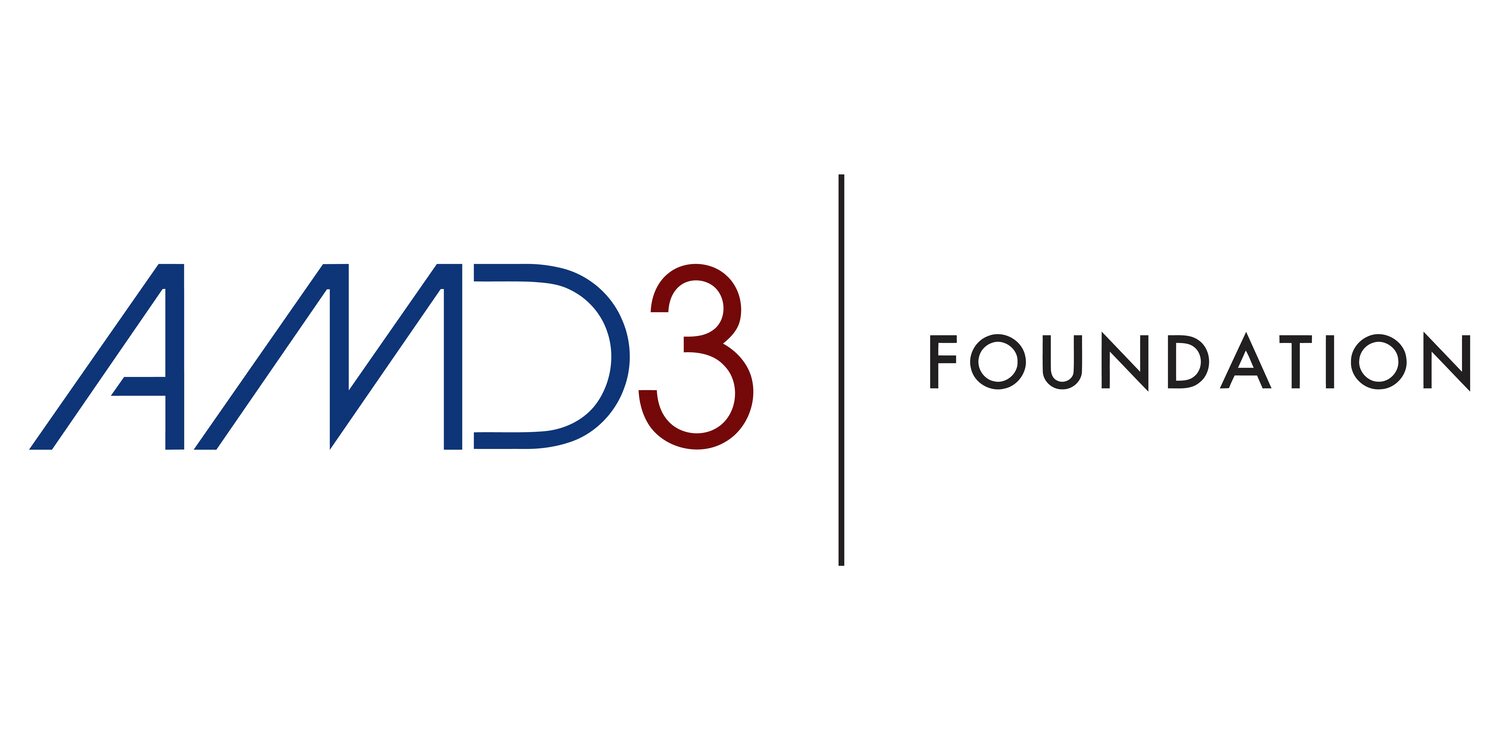Building a Co-Design Dream Team
Though our team regularly partners with departments throughout the healthcare system to make improvements, we do not claim to know all the answers.
On the contrary, we enter new efforts by listening to the employees, patients, and family members to better understand the key areas of focus.
Using the What Matters framework, we first get to know the bigger picture before developing and proposing solutions. By soliciting input and insights from a variety of people around a shared mission, we start building a team. From there, interested stakeholders can actively engage in the co-design process.
With this strategy, we are able to better connect to what's actually wrong or impeding the ideal care experience and work to correct it.
How is This Different from Traditional Team Building?
Often, teams of managers, directors, and other leaders independently guide the design or implementation of new programs in the healthcare system. However, this model does not always appropriately meet the needs of those being served, because it fails to include valuable input.
To address this gap, human-centered design theory recommends a transition to a collectivistic leadership model, where many voices are engaged in the development process. In this way, it engages those directly affected by and intimately involved with a particular problem to take ownership of the solution.
Hence, co-design.
Our working groups aim to reflect this mentality, as we engage those from many different touchpoints in the patient experience. Sitting around the discussion table are frontline staff, clinicians, surgery schedulers, physicians, patients, family members and others –– all dedicated to the same goal.
Added Benefits of Team Building
Apart from its ability to better capture a holistic picture of a project, another benefit of the team building approach is its ability to break down silos and form interdisciplinary connections. By uniting a diverse team with multiple expertise and perspectives, we not only hold spaces for richer dialogue but also create opportunities for career advancement.
Leaders often tell us that they want to engage their employees in professional development and leadership, but aren’t always sure how. Our team-building approach offers a very clear and meaningful way to do so that can yield real results.
By joining a project, team members gain leadership skills and experience that can support their professional development and better position themselves for future career roles.
The Sustainability Factor
Team building creates a more sustainable system that can continue operating even after outside guidance has ceased.
The larger Patient Centered Value System framework then becomes a touchstone returned to time and time again –– not only when problems arise but as a consistent and continuous way to check the pulse of an organization.
In this way, we can continuously pay attention to what matters and work to make the experience better for patients and the care providers who serve them.

